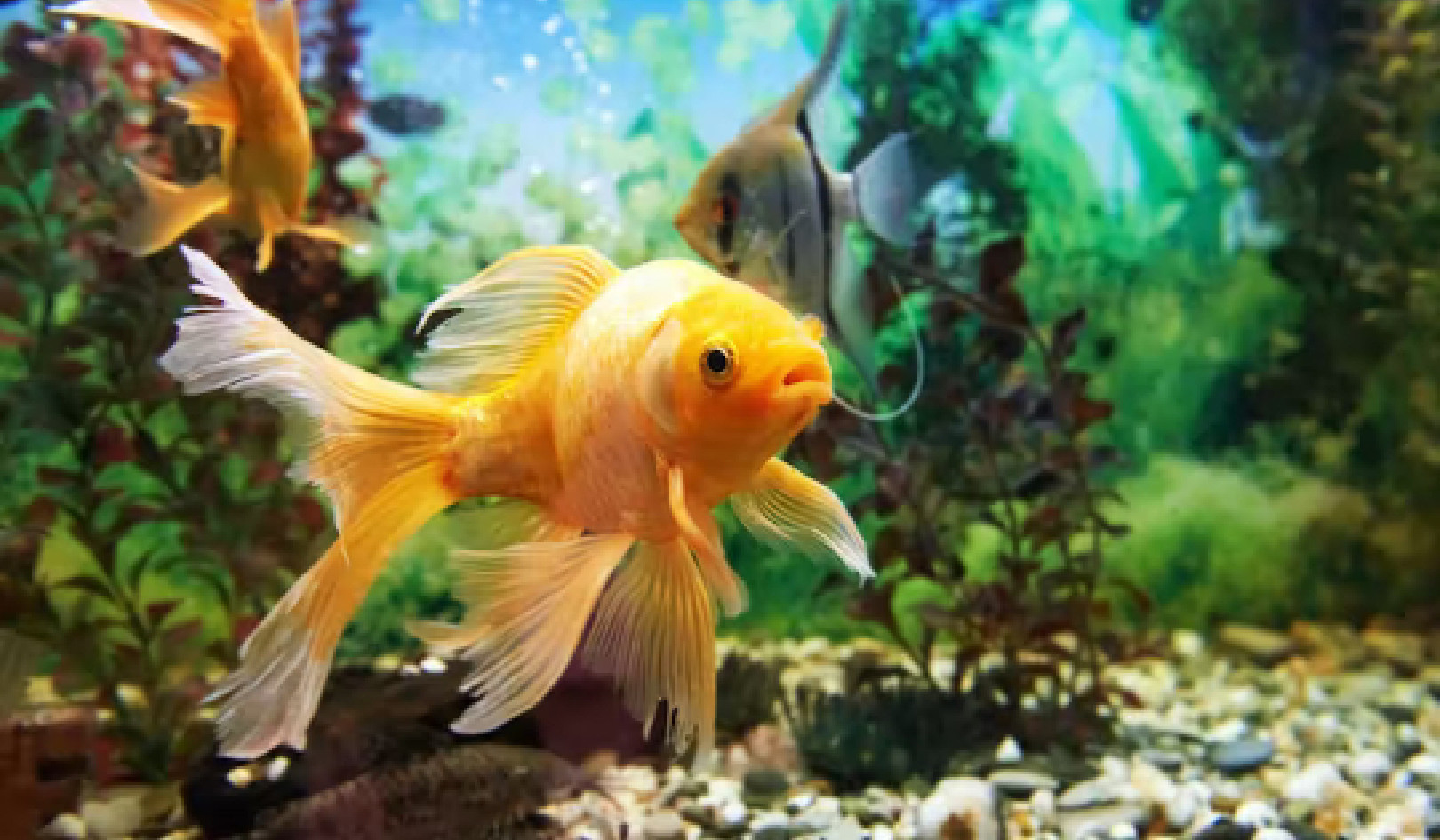
Many hay fever and cold symptoms in particular overlap. Dragana Gordic/ Shutterstock
As the crisp autumn air sets in and leaves turn to shades of red and gold, many of us eagerly anticipate the seasonal delights that come with the autumn and winter months. But, for some, these seasons also bring an unwelcome guest: hay fever.
Hay fever is often associated with spring and summer. But climate change means hay fever season now extends well into autumn and winter. This is due to climate change shifting weather patterns and temperatures, causing extended periods of pollen production from various plant species.
This shift in hay fever season is not just annoying for sufferers. It also makes it particularly confusing in the colder months, when colds and the flu are rife, to determine what’s causing your symptoms, since they so often overlap. This also makes it difficult to know which treatment will work best for your ailment.
How symptoms compare
Although there are several overlapping symptoms, there are a few key symptoms that can help you distinguish between colds, flu and hay fever:
Symptoms such as sneezing and a runny or stuffy nose are common in both hay fever and a cold.
But if you also have itchy, red, watery or puffy eyes and an itchy throat, you probably have hay fever. These symptoms are much less common with a cold. If your throat feels sore and you also have a cough, you probably have a cold.
Flu symptoms rarely crossover with hay fever symptoms – though they do with colds.
A cough is the most common crossover symptom between a cold and the flu. Other symptoms, such as a sore throat, sneezing or a runny nose, can sometimes happen with the flu – though it’s less common.
Likewise, chills, fatigue and body aches – which are common with the flu – can sometimes occur in people who have a cold, though this is less typical.
The best way to differentiate a cold and the flu is if you have a fever – and if you’re experiencing gastrointestinal symptoms, such as vomiting or diarrhoea, which can sometimes occur with the flu.
Another symptom to look out for is temporary loss of smell and taste. While this can occur due to hay fever, it’s usually accompanied by a blocked nose. If you find you have a loss of smell or taste but your nose isn’t blocked, you probably have a cold of the flu.
Supporting your immune system
Since no one wants to be struck down by a cold, the flu or hayfever, the best thing you can to to prevent symptoms is boost your immune system using science-backed strategies:
-
Bolster your gut: A diet rich in amino acids, vitamins, minerals and fibre is crucial for both your immune system as these are the essential building blocks of immune cells. A Mediterranean-style diet is shown to be beneficial for the immune system for this reason. This diet contains plenty of fruits, vegetables, whole grains, nuts and seeds, and protein sources like fish, meat or plant-based alternatives. Additionally, consider incorporating probiotics to support your immune health – especially specific blends containing Lactobacillus or Bifidobacterium, which may potentially benefit immune response and reduce infection severity.
-
Avoid smoking and alcohol: Smoking and excessive alcohol consumption are both shown to weaken immune defences. Even just five or six drinks on a night out can suppress the immune system for up to 24 hours.
-
Prioritise sleep: Sleep is important for maintaining immune function as it reduces inflammation in the body. Aim to get more at least seven hours a night. Less than this may increase your likelihood of suffering from common illnesses.
-
Manage stress: The stress hormone cortisol negatively affects immune cells, altering their function. It also increases histamine levels in the bloodstream, worsening allergy symptoms. Practicing mindfulness may help manage your stress – and boost your immune system.
-
Exercise: Moderate-intensity physical activity (such as a brisk walk or ballroom dancing) can improve your immune response. But it’s important to strike the right balance as long, intense exercise without rest between workouts can actually worsen immune function. According to some data, this decrease can happen after only 90 minutes of moderate- to high-intensity physical activity.
-
Get your jab: Vaccination is vital. But since you can only vaccinate yourself against the influenza virus, other preventive measures – such as washing your hands and wearing a mask in busy, indoor spaces – can protect you against both colds and the flu.
If you’re someone who typically experiences hay fever, you may also want to use some additional measures to prevent symptoms:
-
Avoid allergens: Steer clear of allergens that trigger symptoms. On high pollen count days, consider staying indoors, keeping windows shut and using HEPA filters indoors or an N95 mask to filter pollen particles.
-
Antihistamines: Over-the-counter antihistamines, such as cetirisine or loratadine, can be effective in managing hay fever symptoms. These should ideally be taken before exposure to allergens, and continued as long as symptoms last. Be sure to consult with your doctor for guidance before use.
-
Consider immunotherapy: Allergy shots, or immunotherapy, can reduce hay fever symptoms by desensitising your immune system to allergens over time, providing long-lasting relief. Immunotherapy needs to be done several times before it’s effective.
Making even just a few of these lifestyle adjustments can make a big difference in supporting your immune system and reducing your risk of getting sick or suffering hay fever symptoms during the colder months.![]()
Samuel J. White, Senior Lecturer in Genetic Immunology, Nottingham Trent University and Philippe B. Wilson, Professor of One Health, Nottingham Trent University
This article is republished from The Conversation under a Creative Commons license. Read the original article.
Related Books:
The Body Keeps the Score: Brain Mind and Body in the Healing of Trauma
by Bessel van der Kolk
This book explores the connections between trauma and physical and mental health, offering insights and strategies for healing and recovery.
Click for more info or to order
Breath: The New Science of a Lost Art
by James Nestor
This book explores the science and practice of breathing, offering insights and techniques for improving physical and mental health.
Click for more info or to order
The Plant Paradox: The Hidden Dangers in "Healthy" Foods That Cause Disease and Weight Gain
by Steven R. Gundry
This book explores the links between diet, health, and disease, offering insights and strategies for improving overall health and wellness.
Click for more info or to order
The Immunity Code: The New Paradigm for Real Health and Radical Anti-Aging
by Joel Greene
This book offers a new perspective on health and immunity, drawing on principles of epigenetics and offering insights and strategies for optimizing health and aging.
Click for more info or to order
The Complete Guide to Fasting: Heal Your Body Through Intermittent, Alternate-Day, and Extended Fasting
by Dr. Jason Fung and Jimmy Moore
This book explores the science and practice of fasting offering insights and strategies for improving overall health and wellness.

























